 SELECTED
ISSUE
SELECTED
ISSUE
|
|
Leisure Management - Forest Holidays

Top Team

|
|
| Forest Holidays
|

Forest Holidays has defied the recession, going from strength to strength since its 2006 launch. Now, following a management buyout and an injection of funds, it's ready to scale up. Kath Hudson reports
|

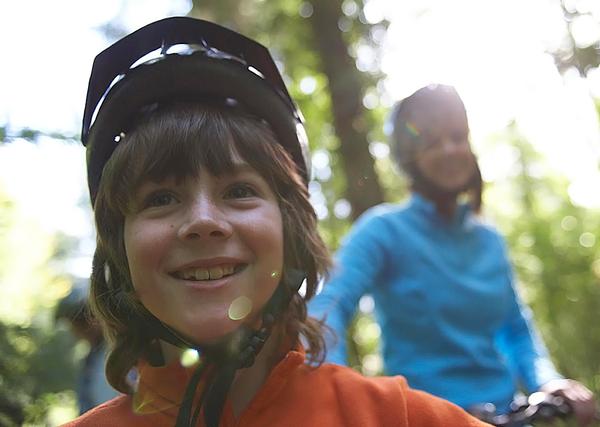
The seven sites all feature children's play areas


The most recent cabins, designed by Holder Mathias, opened in Sherwood Forest in March 2012
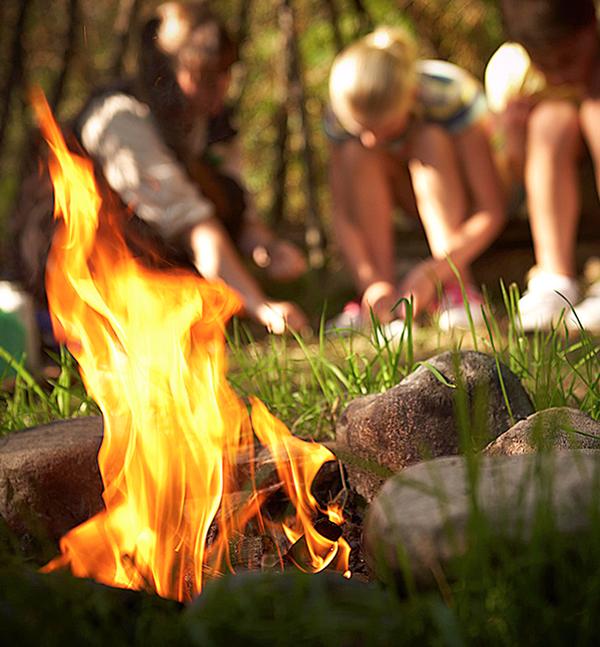
Forest Rangers run a range of activities

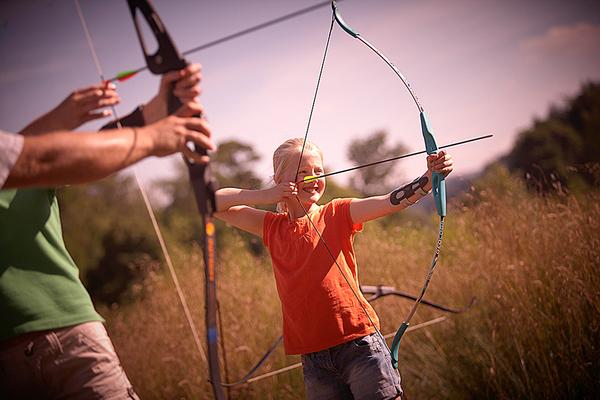
Forest Rangers run a range of activities, from outdoor survival courses to night-time excursions

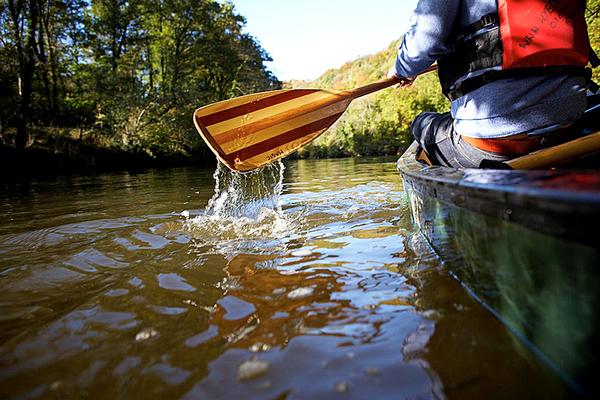
Forest Rangers run a range of activities, from outdoor survival courses to night-time excursions
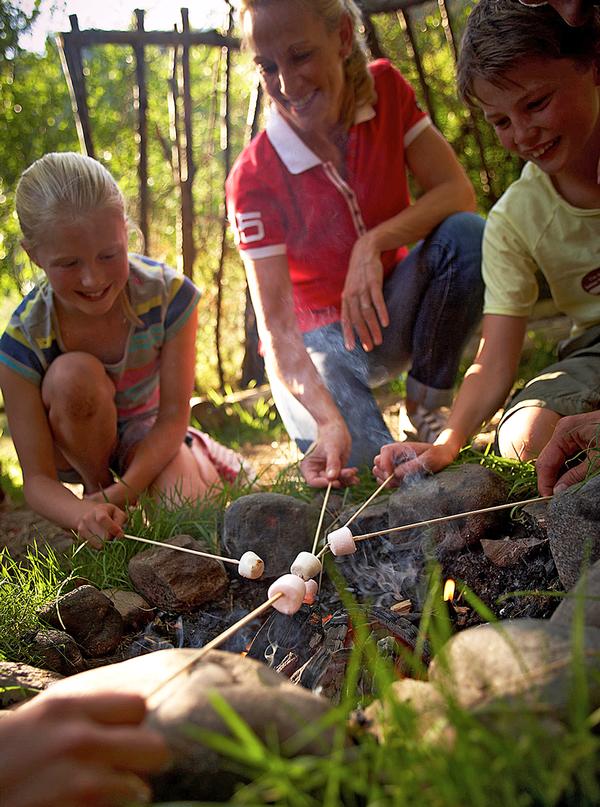
Forest Rangers run a range of activities, from outdoor survival courses to night-time excursions

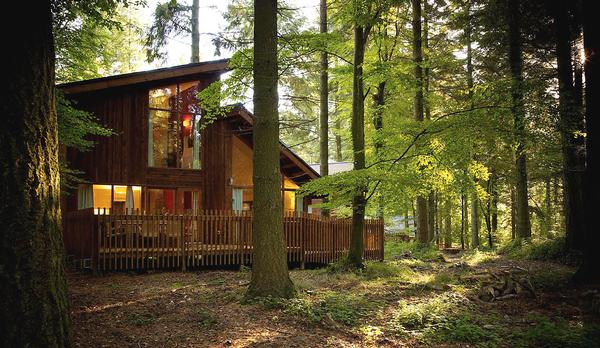
The Forest of Dean site features 76 cabins, a shop, bar, restaurant and children's play area

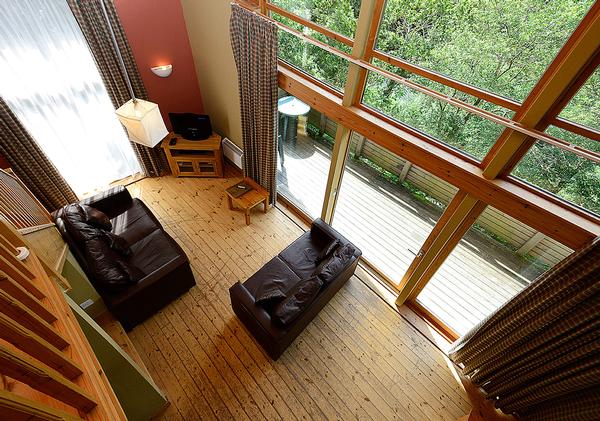
The cabins all have huge windows, allowing the forest suroundings to take centre stage

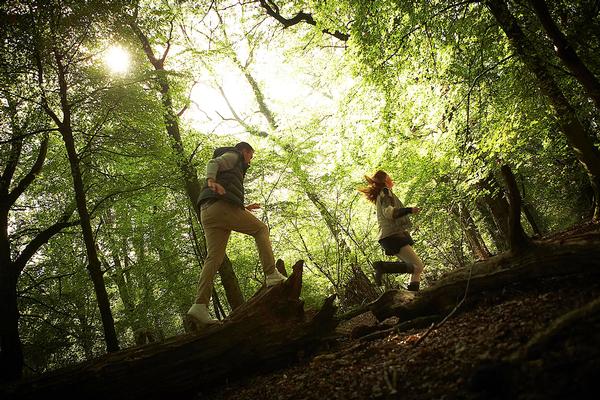
The forests feature a range of walking and cycling paths

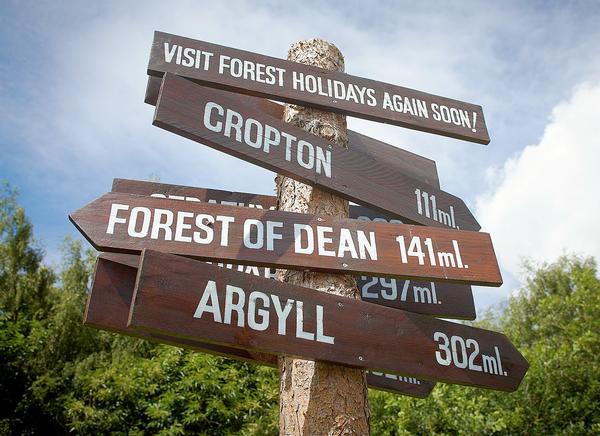
Forest Holidays has seven sites across the UK, with a new site, Blackwood Forest in Hampshire, due to open open May 2013
|
|
|
The Forest Hoiidays formula is very simple – a stunning forest location, combined with a cosy and luxurious cabin. Sites are low density and uncommercial. There are currently seven sites across the UK on Forestry Commission land: Argyll and Strathyre in Scotland, Cropton Forest and Keldy in North Yorkshire, the Forest of Dean and Sherwood Forest, and Deerpark Forest in Cornwall. An eighth site is due to open in Hampshire in May 2013. In September, private equity firm LDC backed a management buyout of Forest Holidays. This deal enabled the Camping and Caravanning Club to exit the business, while the Forestry Commission retained a significant share. The investment will support a site rollout, with new cabins planned across key UK locations. In the wake of the deal, we speak to those involved about what it means.
|
|
 |

Gary Fletcher
CEO,
Forest Holidays
 |
|
What is your career background?
I did a sports degree and went into leisure management. I went into property development, fell on challenging times and came across a job with the Camping and Caravanning Club. I planned to be there for six months and stayed for six years. The Forestry Commission put the Forest Holidays tender out in December 2004 and I was charged to win it. We relaunched Forest Holidays in May 2006, with a camping and cabin business.
What drove the recent MBO?
We did pretty well from 2006 to 2011, but to develop 70 cabins in virgin forest takes quite a bit of money. So the primary driver was to find the funding to allow a very popular business to grow and reach its full potential. We want to roll out the business model: Sherwood Forest and the Forest of Dean have been launched in the last couple of years, we’re now on site at Blackwood Forest in Hampshire and we want to do more of the same.
Why did you split from the Forest Camping business?
Camping is high volume and small ticket, and cabins are the opposite. Forest Holidays Camping is a mature business, which didn’t need much more investment, whereas the cabin business needs a lot more investment to fulfil its potential. It’s a rising star. The Camping and Caravanning Club are very experienced at running campsites, so it was a natural split.
How has the company performed over the last few years?
It’s just incredible. We open sites to 95 per cent occupancy. Across all seven sites, we averaged 95 per cent occupancy in 2011/12, 365 days a year. We’re actually looking to take it down to about 90 per cent occupancy, because of the pressure it puts on the cabins and the maintenance.
Of our customers, 97.1 per cent say they will come back. As part of the investment, we had an external company interview with 2,500 of our customers. The company carrying out the interview couldn’t find anyone who didn’t like us, and had to add a category 'we absolutely love you'. They were amazed. We were two points behind Apple in our customer net service scores. We’re proud of that and we work hard at it. We’re small, personal and give a great service.
What trends have contributed to Forest Holidays' success?
The European challenges and exchange rate has boosted the staycation market. We’re riding trends of web bookings, more short breaks (average stays are three to four days), interest in green issues and healthy lifestyles, slow-paced holidays and people wanting to spend time together as a couple or a family. Our customers enjoy autumn and winter as much as summer.
What activities are offered on site?
When we were setting up we were told that if you want a year-round business you need a swimming pool, a bar and restaurants. We’ve worked really hard with the Forestry Commission to build a business model and product that works in today’s market. It’s the antithesis of big, crass developments. The sites only have 60 or 70 cabins and the Retreat grocery store, which sells a few groceries, hot and cold snacks and on tap beer and wine.
One of our unique offerings is our Ranger service, offering bat walks and forest explorations, and we also have partnerships with local companies, including rock climbing and canoeing companies. One of our strong points with planners is spend in the community. Local pubs and businesses benefit enormously from Forest Holidays.
We have started serving some food on a Friday evening, for people when they arrive late, which has been popular. Also, we’ve started spa treatments in cabins this year, using a national company with local people.
What’s your vision for the next few years?
In the next three to five years we’ll have another five sites, and, longer term, a further seven sites. There has been a lot of research on what the UK market can withstand, looking at our customers and their profiles. We’re just scratching the surface.
|
|
 |

Joanna Hoehenwarter & Peter Gamble
Architect & Senior Partner
Holder Mathias
 |
|
Why were you chosen by Forest Holidays to design the cabins?
Gamble: We were chosen on the back of the work we did for Rank in the 90s, on their rival concept to Center Parcs.
What was the brief?
Gamble: To create a cabin which treads lightly on nature and embraces the forest. Forest Holidays wanted us to develop a concept which could be rolled out on a production line. This is an unusual position to be in for an architect, but has meant that we can continually refine the cabin design, which has created considerable cost savings. For instance, the sizes are such to minimise the amount of plasterboards and roof tiles which need to be cut. [Development director] Richard Palmer is stringent about cost and quality and, very rightly, has pushed us hard.
What were the challenges?
Hoehenwarter: The forest created the biggest challenge, because of the sensitive flora and fauna. Before masterplanning each site, we have to undertake ecological assessments, look at the habitats and study the forest in all seasons.
Gamble: Working closely with the contractor from an early stage led to innovations like minimising the number of vehicles on site. So the cabins are made off-site, stacked onto a lorry in the correct order and assembled with minimum fuss. Everything else is brought in by hand.
Describe the cabin design?
Hoehenwarter: They have two volumes, one houses the large living space at the front, which really embraces the forest, with the fully glazed frontage. The other, angled volume houses the service areas, like the bathrooms. There are two roofs, the one over the service area is lower, which makes construction more cost-effective. The two volumes are connected inside with a full height wall, either housing a wood burner, or a wall-mounted television.
What are the sustainable elements?
Gamble: They are made from FSC-sourced timber, locally-sourced, where possible. The foundations are special: we created a small bore mini supporting a subframe, with a cassette floor which fits on this, which the timber-framed superstructure can be built on. This means the cabins hardly touch the forest floor and there is no excavation needed.
They are code 4 level sustainable homes, but the latest ones at Hampshire are now reaching for code 5, since they will incorporate bio-mass heating, which will be fuelled by wood chips, sourced from the Forestry Commission coppicing programme.
The cabins use a stack ventilation system. Careful orientation and solar shading avoids overheating. They are extremely well insulated: the floors have 10 inches of insulation.
What are your favourite features?
Hoehenwarter: The windows from the living room, and the shape of the living room and kitchen. We managed to create a design with a character and ethos which can’t easily be changed, with lots of charisma. They are much nicer in real life than I ever imagined.
Gamble: I like the way that when I walk in it feels immediately comfortable and warm. They embrace the forest and are cosy, yet dramatic. I love that we have designed something which makes me feel like that.
|
|
 |

Richard Palmer
Development Director
Forest Holidays
 |
|
What is your career background?
I’m a chartered engineer by trade and started off working on power stations before spending 12 years in the Navy, after which I did an MBA at Warwick University. After that, I worked in various engineering and manufacturing positions across Europe before joining Forest Holidays in 2006.
What is your day to day role?
Obtaining the planning permissions and overseeing construction of the new sites. I am also the key liaison with the Forestry Commission.
What are the main challenges of your job?
The main challenge is that we build in sensitive locations. We take this very seriously, working closely with the Forestry Commission and other stakeholders to make sure that we deliver in an ecologically sensitive way. Not only are the cabins ecologically sustainable, but the forest thrives around the cabins thanks to the planting and other ecological work which we do.
Blackwood Forest, Hampshire is your current project. What will it offer?
Sixty cabins, roughly 70-80sq m in size. We have one, two, three and four-bed cabins, as well as copper, silver and gold specifications. Copper is the market entry cabin and gold has the most goodies: a log burner, hot tub, more bathrooms and more luxury touches with the fixtures and fittings. We also have a central facility where you check in and out and get local information, and a Retreat grocery store.
How have the sites progressed?
We have a 'lessons learned' process from every site, which we take to the next, so each site is slightly different. But, on the whole, if you look at the original site in Yorkshire and the latest site in Hampshire, there isn’t a huge difference. The main difference is that in Hampshire, we are looking to introduce a bio-mass heating system using wood pellets, which is more eco-friendly, This site is close to London and a shuttle bus will run from the local train station, so we believe this will be popular for people wanting to get out of London without a car.
|
|
 |

Martin Draper
Managing Director
LDC
 |
|
Why did LDC find Forest Holidays appealing to invest in?
There were a number of key attractions: the strength of the brand, a loyal, growing customer base and the genuine uniqueness of the proposition, emphasising luxury facilities and high-quality accommodation in hard to access, picturesque woodland locations. Forest Holidays is led by a high quality management team with a huge amount of knowledge and experience.
How much involvement will LDC have in the running of the company?
We see ourselves as active and interested, but not overly intrusive in terms of guiding the team in key areas, such as strategy and ongoing performance, while trusting the management team with the day to day operations.
We have two representatives on the board; myself and Andy Grove. We have also appointed Peter Phillipson as non-executive chair. Previously chair of The Tussauds Group, his insight and experience of developing brands should help drive the business growth strategy.
Were there any weaknesses you wanted ironed out?
Not weaknesses, but we were keen to work through future growth plans and understand the potential of the investment and how best to scale it.
What sort of performance are you hoping for going forward?
The focus will be on maintaining the excellent track record and replicating its success at new site locations.
How attractive does the sector currently look to investors?
The UK short breaks market is particularly attractive. It’s a large and growing market supported by a number of positive trends, including a growing consumer demand for convenient, easily accessible holidays and authentic trip experiences, along with a high degree of product innovation, driven by the likes of Forest Holidays.
At a macro level, the leisure industry has been challenged during the recovery from the recession, with increased pressure on household budgets, cautious corporate discretionary spending and subdued consumer sentiment, with low income growth relative to inflation. However, several companies have performed well and created growth opportunities despite this challenging environment: cinemas have used 3D to drive visits, pubs have broadened their offering with more food, and the health and fitness sector has championed the low cost model.
Businesses with a full appreciation of the impact of key trends, such as digital technology, the increasing polarisation between value and luxury segments and the importance of health and overall wellbeing will do well.
"The UK short breaks market is a large and growing market supported by a demand for easily-accessible holidays and authentic trip experiences"
|
|
 |
| Originally published in Leisure Management 2013 issue 1
|
|
 |
|